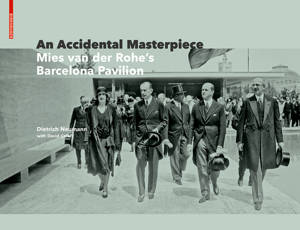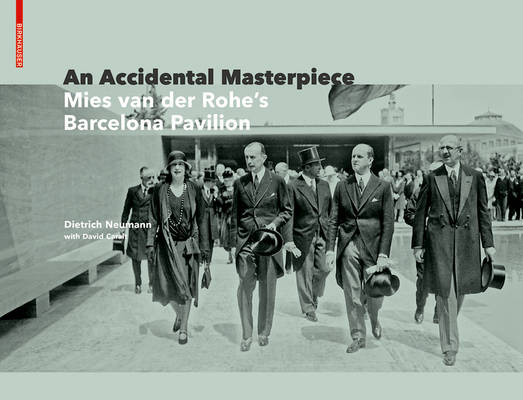
- Retrait gratuit dans votre magasin Club
- 7.000.000 titres dans notre catalogue
- Payer en toute sécurité
- Toujours un magasin près de chez vous
- Retrait gratuit dans votre magasin Club
- 7.000.000 titres dans notre catalogue
- Payer en toute sécurité
- Toujours un magasin près de chez vous
Description
The Complex History of a Building
With the temporary exhibition pavilion of the German Reich at the 1929 International Exposition in Barcelona, Mies van der Rohe designed an architectural icon, but also a controversial monument of the way the Weimar Republic portrayed itself.
The building is one of the most unusual success stories in the history of architecture: Despite its short existence, its reputation grew steadily in the following decades, thanks in part to magnificent photographs. It was soon considered the constructed manifesto of the Modern Age, and its spatial and "ideational" ambitions were called "a milestone of Modern architecture."
This comprehensively, broadly researched book portrays the building's complex history and its political entanglement-up to and including its reconstruction according to van der Rohe's plans at the original site between 1983 and 1986.
- Presumably the most important and influential architectural icon of the 20th century, uniquely documented and depicted
- On the occasion of the 50th anniversary of Mies' death and the Bauhaus centenary
- Many never before published photographs from archives in the US, Germany and Spain
Spécifications
Parties prenantes
- Auteur(s) :
- Editeur:
Contenu
- Nombre de pages :
- 192
- Langue:
- Anglais
Caractéristiques
- EAN:
- 9783035619867
- Date de parution :
- 07-12-20
- Format:
- Livre relié
- Format numérique:
- Genaaid
- Dimensions :
- 305 mm x 236 mm
- Poids :
- 1260 g







